
Ingredient
Cloves buds
The Aromatic Gems: Unveiling the Secrets of Cloves
Cloves buds are the dried flower buds of the Syzygium aromaticum tree, native to the Maluku Islands in Indonesia. These small, dark brown buds are known for their intense aroma and pungent taste. They have a sharp, slightly sweet flavor with hints of pepper and camphor. The texture of cloves buds is hard and woody, and they are typically used in powdered or whole form.
Origins and history
Cloves have a rich history dating back thousands of years. They were highly valued in ancient China and were even used as currency during the Han Dynasty. Arab traders brought cloves to Europe in the 4th century, where they became a symbol of wealth and prestige. During the Age of Exploration, European powers sought to control the clove trade, leading to the discovery of new trade routes and the colonization of spice-producing regions.
Nutritional information
Cloves buds are a good source of manganese, vitamin K, and dietary fiber. They also contain small amounts of calcium, magnesium, and vitamin C. In a 1 teaspoon serving of ground cloves, there are approximately 21 calories.
Allergens
Cloves buds are generally considered safe and do not commonly cause allergic reactions. However, individuals with known allergies to spices or related plants should exercise caution.
How to select
When selecting cloves buds, look for whole buds that are plump, firm, and unbroken. Avoid any buds that appear shriveled or have moldy spots. The color should be dark brown, indicating maturity. Additionally, choose organic cloves buds whenever possible to ensure they are free from pesticides or other chemical residues.
Storage recommendations
To maintain the freshness and quality of cloves buds, store them in an airtight container in a cool, dark place. Avoid exposure to heat, moisture, or direct sunlight, as these can degrade the flavor and aroma. Properly stored cloves buds can retain their quality for up to one year.
How to produce
Cloves buds are typically produced on large-scale plantations in tropical regions. The trees require a warm and humid climate to thrive. They are grown from seeds or cuttings and take several years to reach maturity. Once the flower buds appear, they are carefully harvested by hand before they fully open. The buds are then dried in the sun or using specialized drying methods.
Preparation tips
To use cloves buds, they can be ground into a powder using a spice grinder or mortar and pestle. Alternatively, they can be used whole in recipes, such as studding them into ham or simmering them in mulled wine. When using ground cloves, a little goes a long way, as their flavor is potent. It is best to add them towards the end of cooking to preserve their aroma. Cloves pair well with cinnamon, nutmeg, ginger, and citrus flavors.
Substitutions
If cloves buds are not available, you can substitute an equal amount of ground allspice or ground cinnamon for a similar warm and spicy flavor.
Culinary uses
Cloves buds are commonly used in both sweet and savory dishes. They are a key ingredient in spice blends like garam masala and pumpkin spice. Cloves are often used to flavor baked goods such as gingerbread, fruitcakes, and mulled wine. They also add depth to savory dishes like stews, curries, and pickles. In some cuisines, cloves are used to infuse flavor into rice dishes or to enhance the taste of meats, particularly ham.
Availability
Cloves buds are commonly available in most grocery stores and supermarkets worldwide. They are also cultivated in countries such as Indonesia, Madagascar, India, Sri Lanka, and Tanzania.
More ingredients from this category
Recipes using Cloves buds » Browse all

Malaysian Chinese-style Beef Rendang
Spicy and Fragrant Beef Rendang with a Malaysian Twist
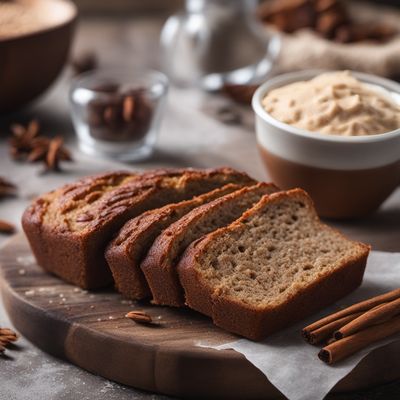
Haitian Spiced Bread
Caribbean Delight: Haitian Spiced Bread

Bukharan Jewish-style Stuffed Beef Rolls
Savory Beef Delights: Bukharan Jewish Stuffed Beef Rolls

Balkan Almond Strudel
Deliciously Nutty Balkan Almond Strudel

Homemade German Lebkuchen
Spiced Delights: Homemade German Lebkuchen Recipe

Hungarian Hurka with Paprika and Garlic
Savory Hungarian Sausage Delight

Crispy Anchovy Delight
Savory Circassian Anchovy Fritters
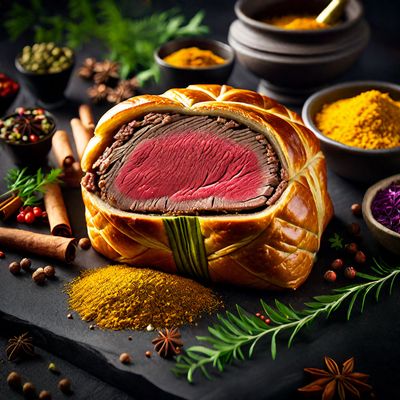
Beef Wellington
Spiced Beef Wellington with Fragrant Rice

Pashtun-style Spiced Apple Chutney
Tangy and Spiced Apple Delight: Pashtun-style Chutney
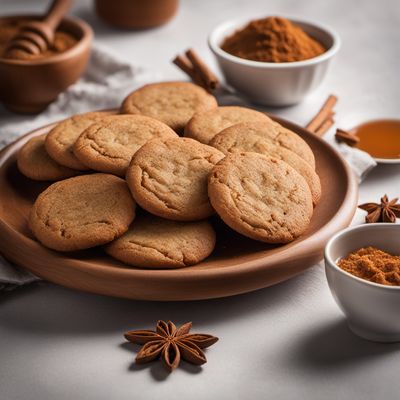
Russian Honey Spice Cookies
Sweet and Spiced Delights: Russian Honey Prianik Cookies
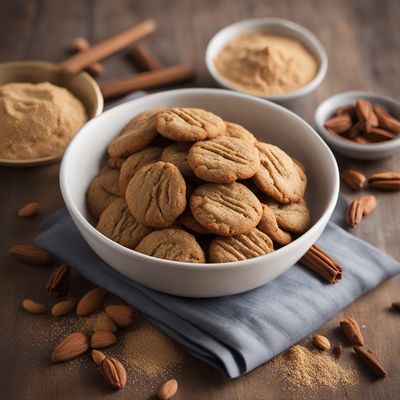
Zimbabwean Spiced Cookies
Savory Spice Delights: Zimbabwean Pebernødder
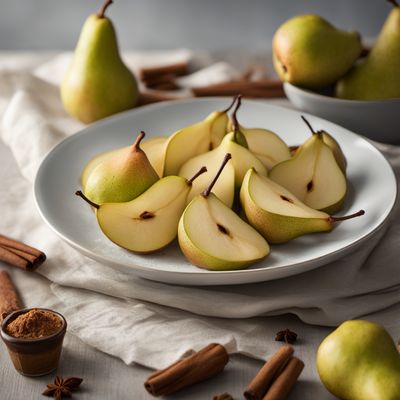
Bavarian-style Pear Slices
Bavarian Delight: Caramelized Pear Slices with a Bavarian Twist
